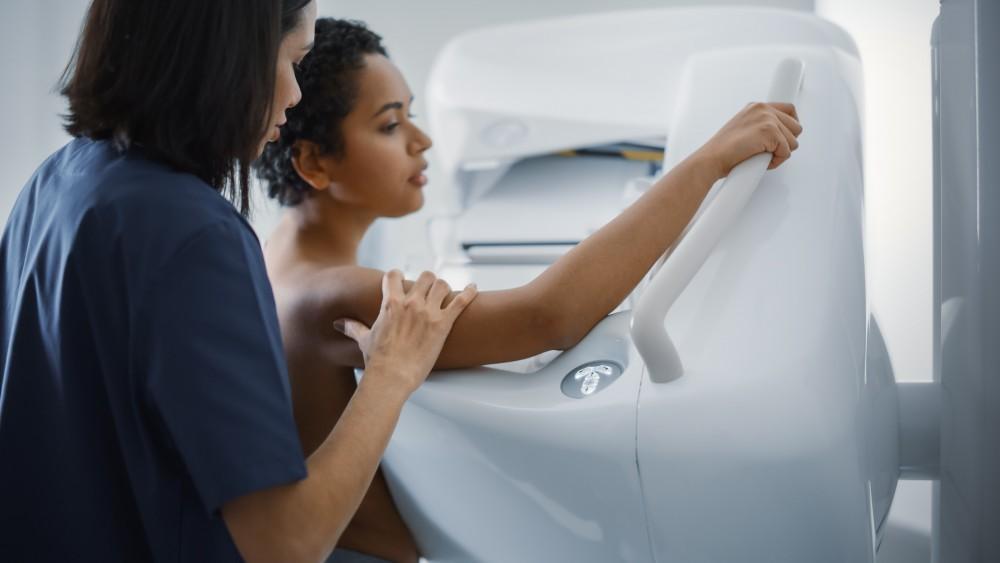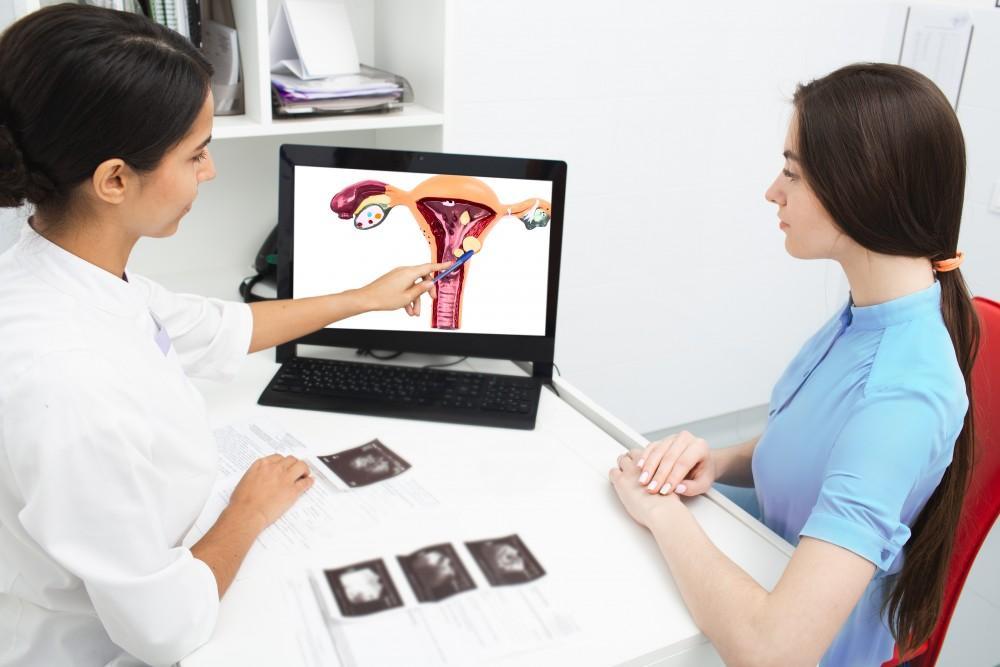
What to Expect From Your First 3D Mammogram
A mammogram is an X-ray of your breasts. It’s the best way to identify early...
Read MoreOne in ten babies is born premature (before term, 37 weeks), reports the March of Dimes. In 2015, 380,000 babies were born before term, according to Live Science. If born prematurely, babies are placed in the Neonatal Intensive Care Unit, NICU, to remedy any complications and nurture the infant.
“With wires and tubes coming out and when the babies are very small, it can be quite intimidating” Peggy Eichel, NICU Nurse and Special Care Nursery Educator at Good Samaritan Hospital in Cincinnati, Ohio, tells FOX Business.
On average it takes two nurses, four hands and five to ten minutes per diaper change for a premature baby. With infants weighing as little as one pound, finding a diaper that fit was impossible.
“We needed a different diaper that worked for these very, very small babies,” echoes Eichel.
The P3 premature diaper is three times smaller than a normal newborn diaper.
Pampers, part of Procter and Gamble, heard the call for help and created the P3 diaper.
“Nurses have told us they have a need, a greater need for premature babies and Pampers rose to their call. That’s why we created the size minus 3, or P3 for preemies,” Yuri Hermida, Vice President of North America baby Care for P&G.
Prior to the P3, nurses were trying to fold and cut newborn diapers to fit the premature babies.
“It’s such a necessary thing for us at such a scary time.”
After 10,000 hours of research, three years of development and the cooperation of over 100 NICU nurses later, Pampers added the P3 diaper to their lineup.
“Pampers has been the number one brand and choice in hospitals here in the U.S., so we partnered with nurses in NICUs for the last four years… and we want to ensure that Pampers is serving every baby here in the world, “ adds Hermida
The P3 is three times smaller than all of the other diapers in Pampers’ line. It’s meant for babies weighing as little as one pound. It has a seal that forms around the smallest of legs and features tabs that allow for a customizable fit. Nurses are able to position the diaper around any wires, tubes or medical equipment hooked up to the baby. Parents are also taught how to use them for when they can take their baby home.
“It’s so adaptable to these babies. We couldn’t have asked for a better product,” says Eichel.
“It’s such a necessary thing for us in such a scary time. It’s not going to be as popular as newborn diapers because they don’t have to be, it’s a very unique thing and we appreciate it,” adds Kaplan.




A mammogram is an X-ray of your breasts. It’s the best way to identify early...
Read More
About 1 in 10 women has ovarian cysts. These small growths form on your ovaries,...
Read More
If you and your partner have decided you’re ready to start growing your family, you’re...
Read More